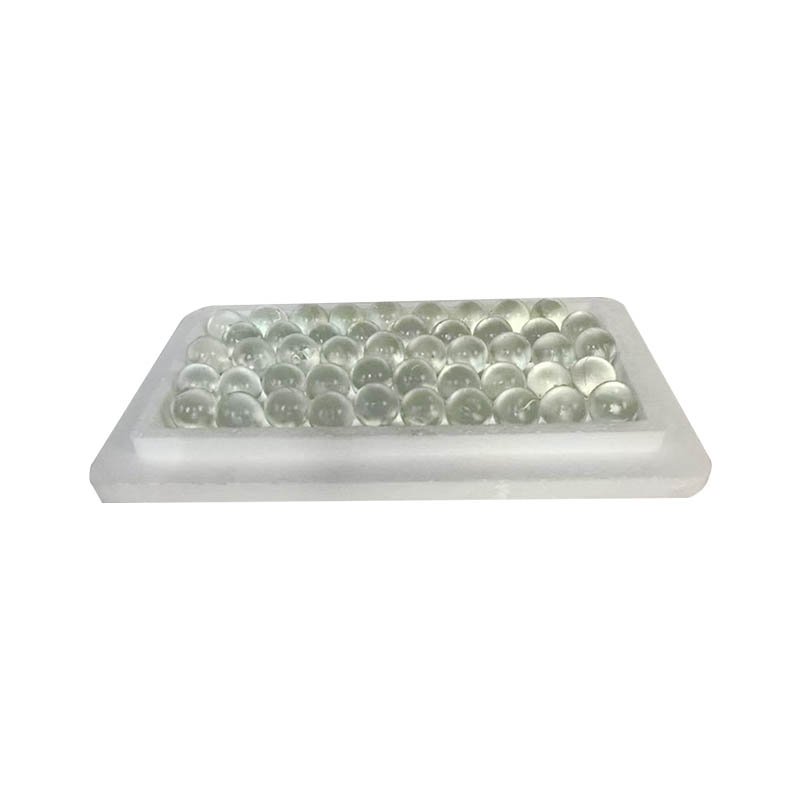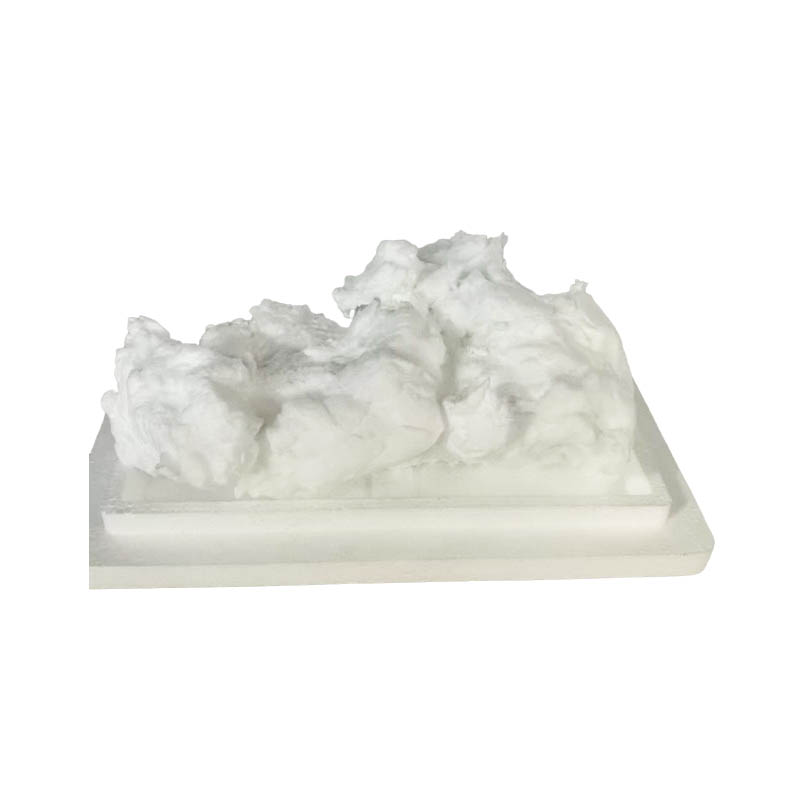How does glass microfiber surface treatment improve the hydrophilicity of air filter paper?
Release Time : 2025-10-24
Glass microfiber, the core raw material of air filter paper, has a surface property that directly impacts the filter media's hydrophilicity. Techniques such as physical modification, chemical grafting, and plasma treatment can significantly enhance the interaction between the fiber surface and water molecules, thereby optimizing the balance between wettability and water resistance in air filter paper. The following analysis focuses on the principles of surface treatment technology, modification methods, and practical application results.
Physical modification enhances hydrophilicity by adjusting the surface morphology of glass microfiber. Acid-base etching processes create micro- and nano-scale concave and convex structures on the fiber surface, increasing both specific surface area and surface roughness. This "locking effect" not only strengthens the mechanical bond between the fiber and the matrix but also facilitates the spreading of water molecules across the fiber surface by expanding the contact area. For example, dilute hydrochloric acid treatment creates uniformly etched holes on the fiber surface, creating a sponge-like porous structure that accelerates water penetration. Furthermore, plasma surface treatment bombards the fiber surface with reactive particles, introducing polar groups such as hydroxyl and carboxyl groups while simultaneously creating a micro-rough structure. These dual effects significantly enhance the fiber's surface free energy and wettability.
Chemical grafting modification optimizes glass microfiber performance by introducing hydrophilic functional groups onto its surface. Treatment with silane coupling agents is a typical method. Alkoxy groups in the silane coupling agent's molecular structure hydrolyze to form silanols, which react with hydroxyl groups on the fiber surface to form stable chemical bonds. Organic functional groups on the other end (such as amino and epoxy groups) can interact with the resin matrix or water molecules. For example, fibers treated with γ-aminopropyltriethoxysilane have surface amino groups that adsorb water molecules through hydrogen bonding, enhancing the interfacial bonding between the fiber and the resin. Macromolecular grafting technology polymerizes hydrophilic polymers such as acrylic acid and polyethylene glycol onto the fiber surface to form a dynamic hydration layer, which not only improves the fiber's hygroscopicity but also prevents fiber aggregation through steric hindrance.
Plasma surface treatment provides an efficient and environmentally friendly solution for modifying the hydrophilicity of glass microfiber. This technology uses a high-frequency electric field to excite a gas to generate plasma. Active species (such as free radicals and ions) in the plasma collide with the fiber surface, inducing surface etching and the introduction of functional groups. For example, atmospheric-pressure argon plasma treatment can generate oxygen-containing groups such as hydroxyl and carbonyl groups on the fiber surface, simultaneously creating a micro-nanoscale roughness structure and significantly reducing the contact angle. Compared to chemical modification, plasma treatment only affects the fiber surface to a depth of a few nanometers, leaving the fiber structure intact. Furthermore, the treatment process is pollution-free and highly efficient, making it suitable for large-scale continuous production.
The impact of surface treatment on the performance of air filter paper is reflected in the synergistic improvement of wettability and filtration efficiency. Fibers with improved hydrophilicity can rapidly adsorb water vapor from the air, forming a uniform water film that effectively intercepts tiny particles. Furthermore, the increase in polar groups on the fiber surface strengthens the chemical bond with the resin matrix, reduces interfacial defects, and prevents fiber shedding caused by water penetration during filtration. For example, filter paper treated with silane coupling agents maintains structural stability in high-temperature and high-humidity environments, and exhibits a significantly lower filtration efficiency decay rate than untreated samples.
In practical applications, surface treatment of glass microfibers requires a balanced balance between hydrophilicity and filtration performance. Excessive hydrophilicity can cause fibers to absorb moisture and expand, affecting the air permeability and structural strength of the filter paper. Insufficient hydrophilicity, on the other hand, can easily lead to static electricity accumulation and secondary particle lift. Therefore, treatment process parameters, such as adjusting the silane coupling agent concentration and plasma treatment power, must be optimized based on specific application scenarios (e.g., industrial dust removal, indoor air purification) to achieve optimal performance.






